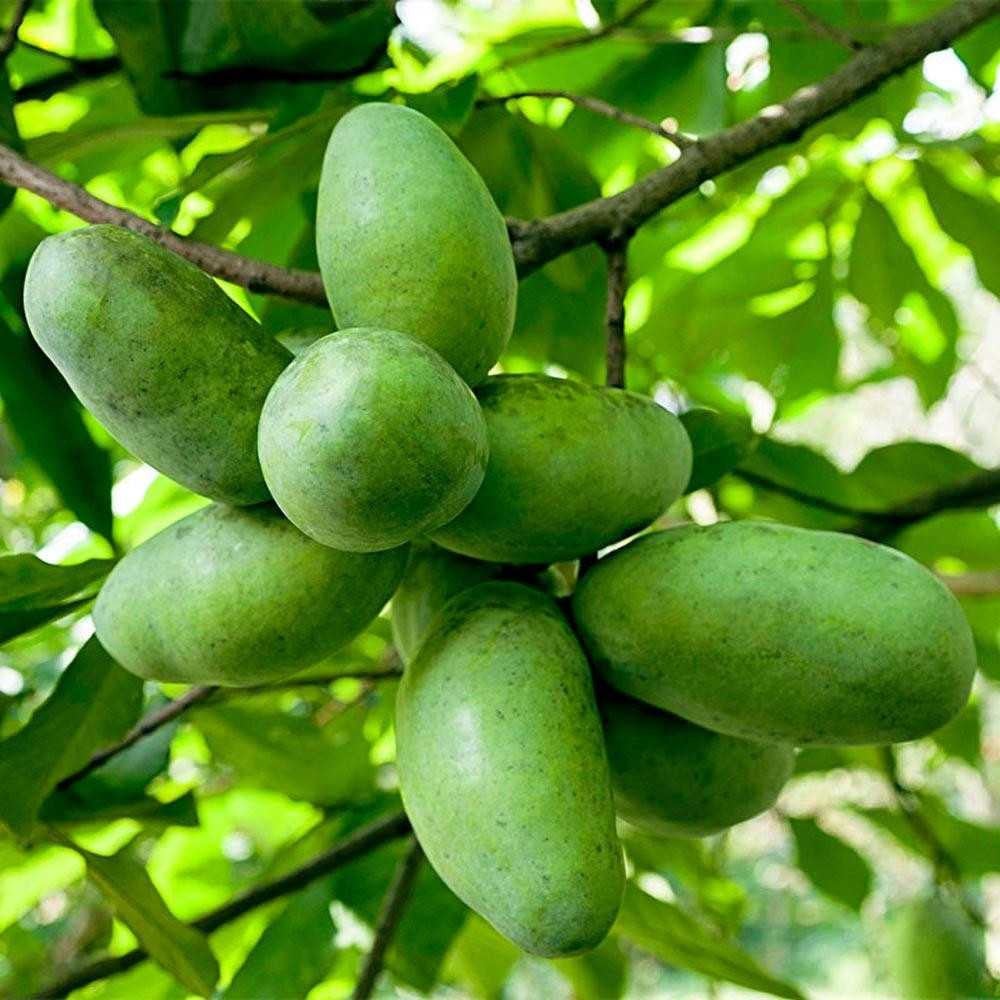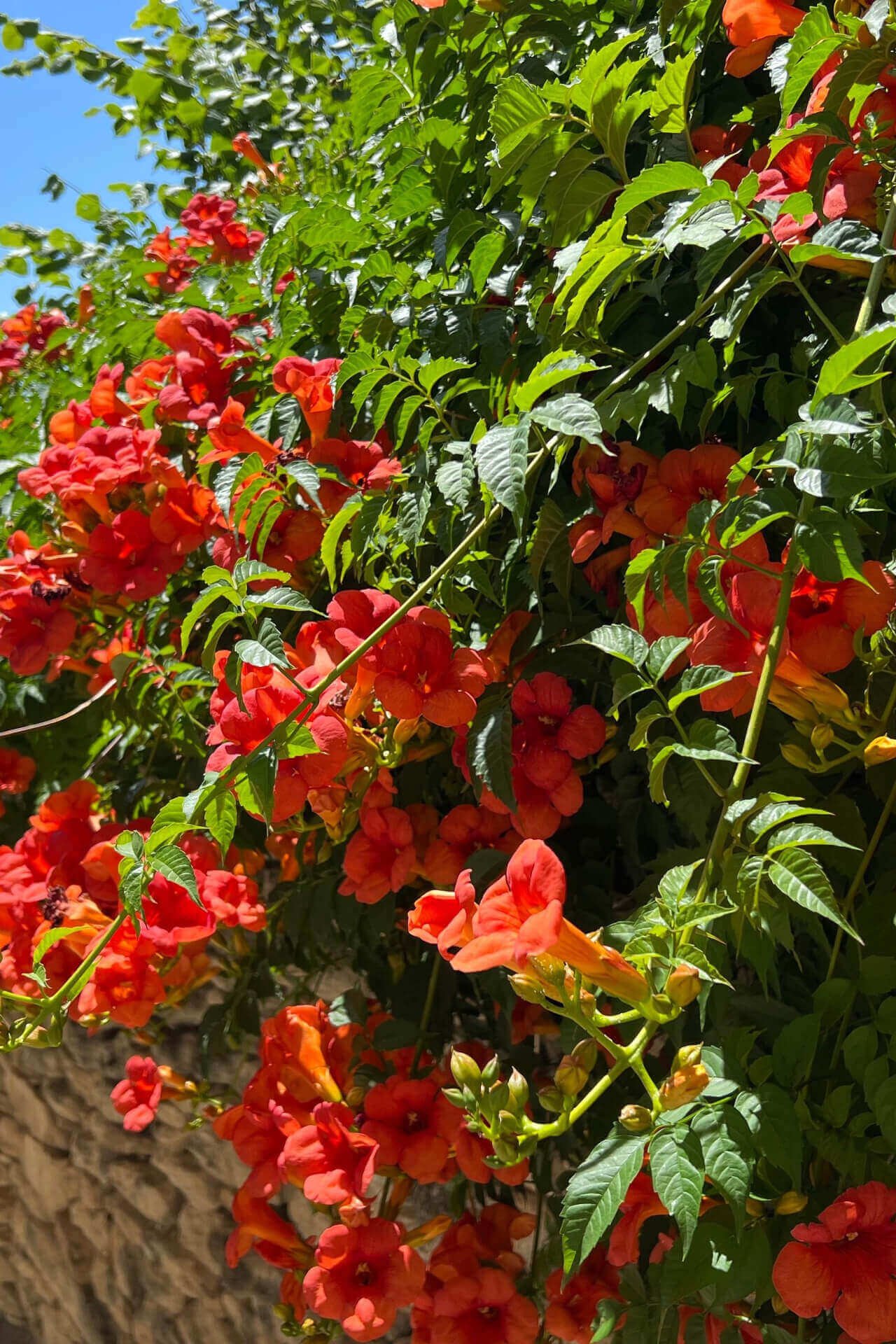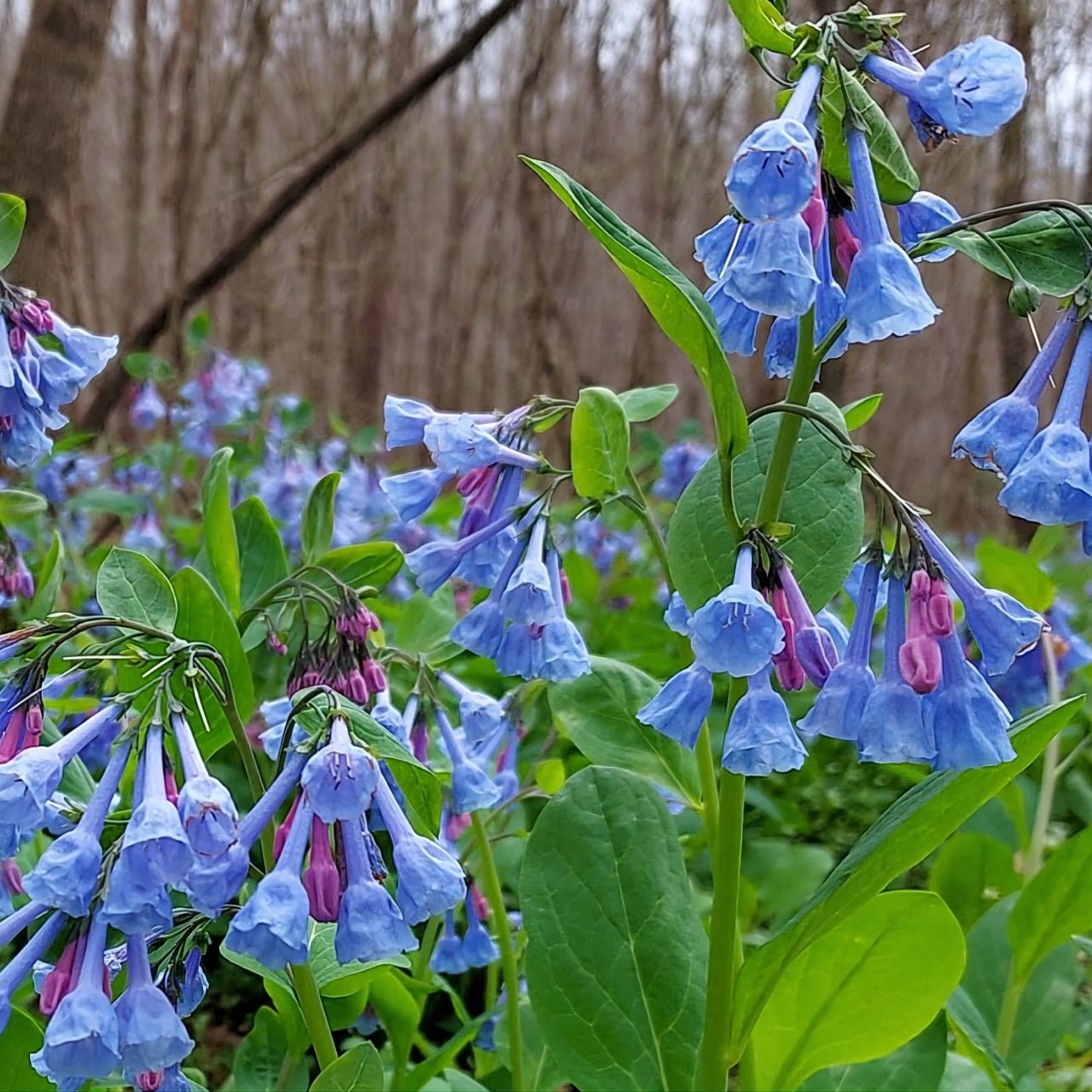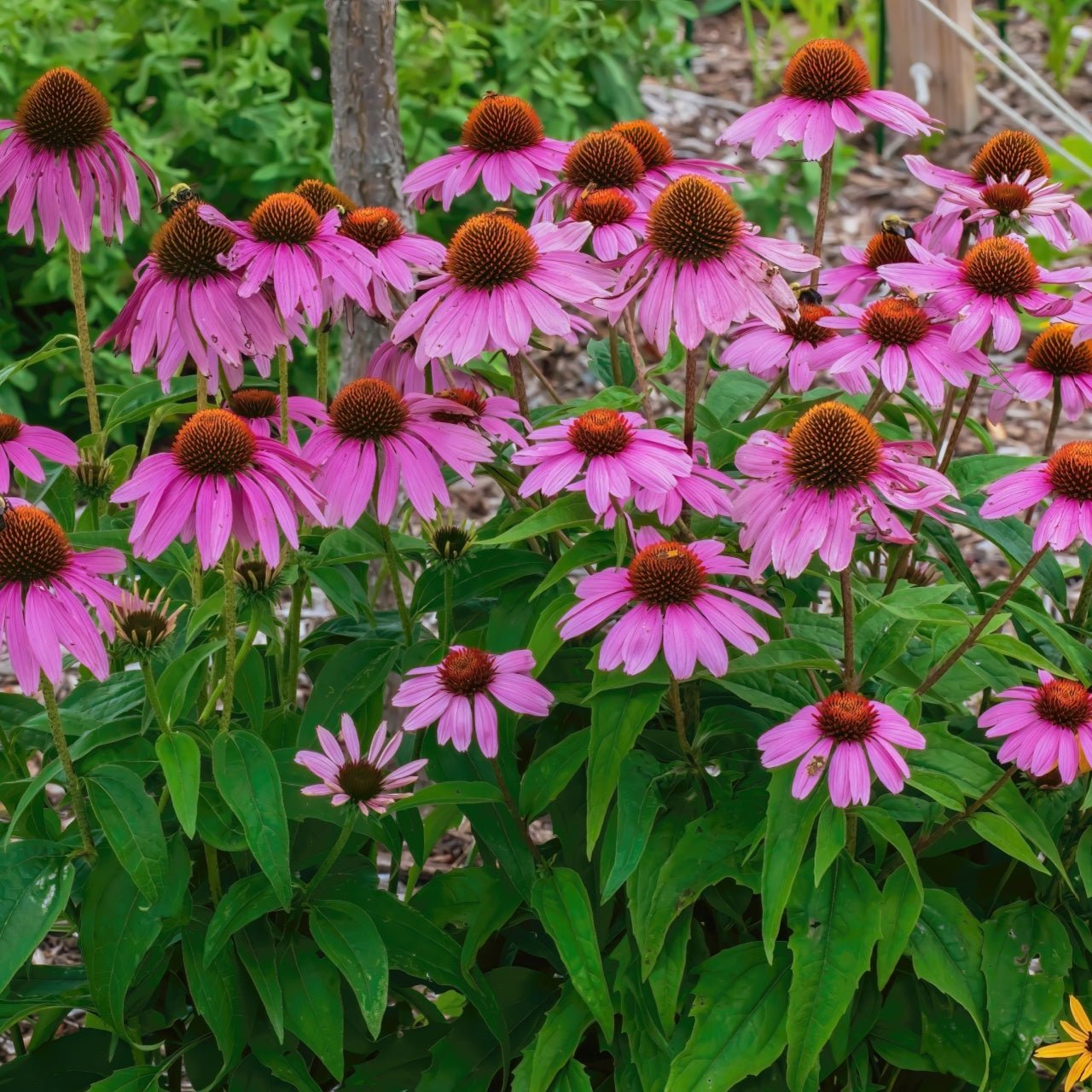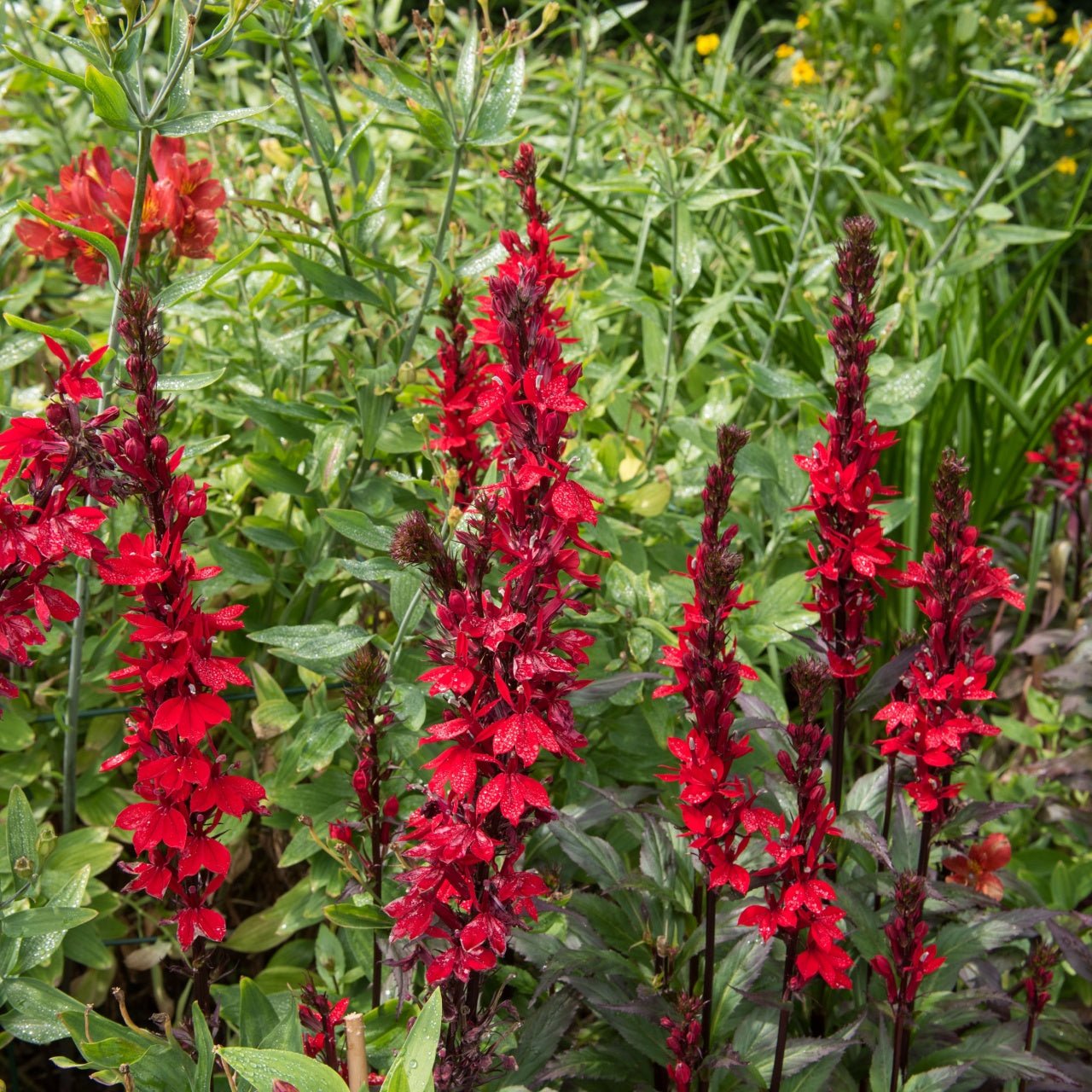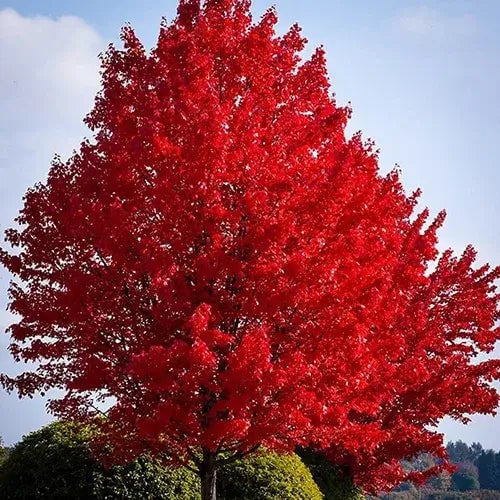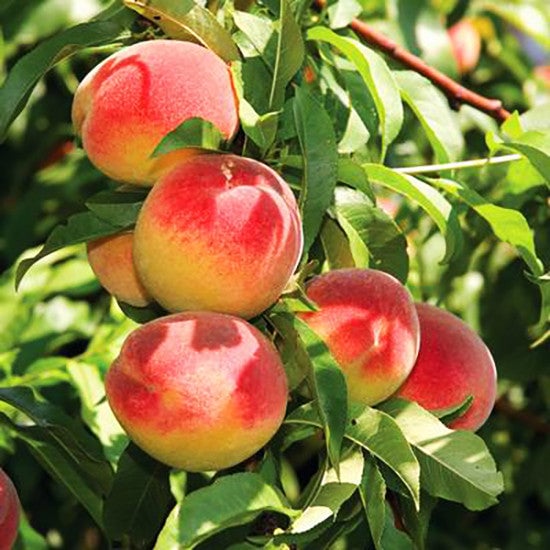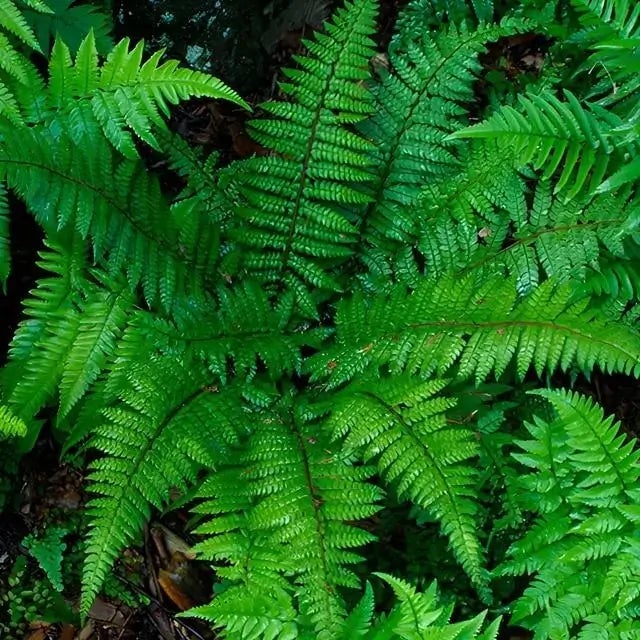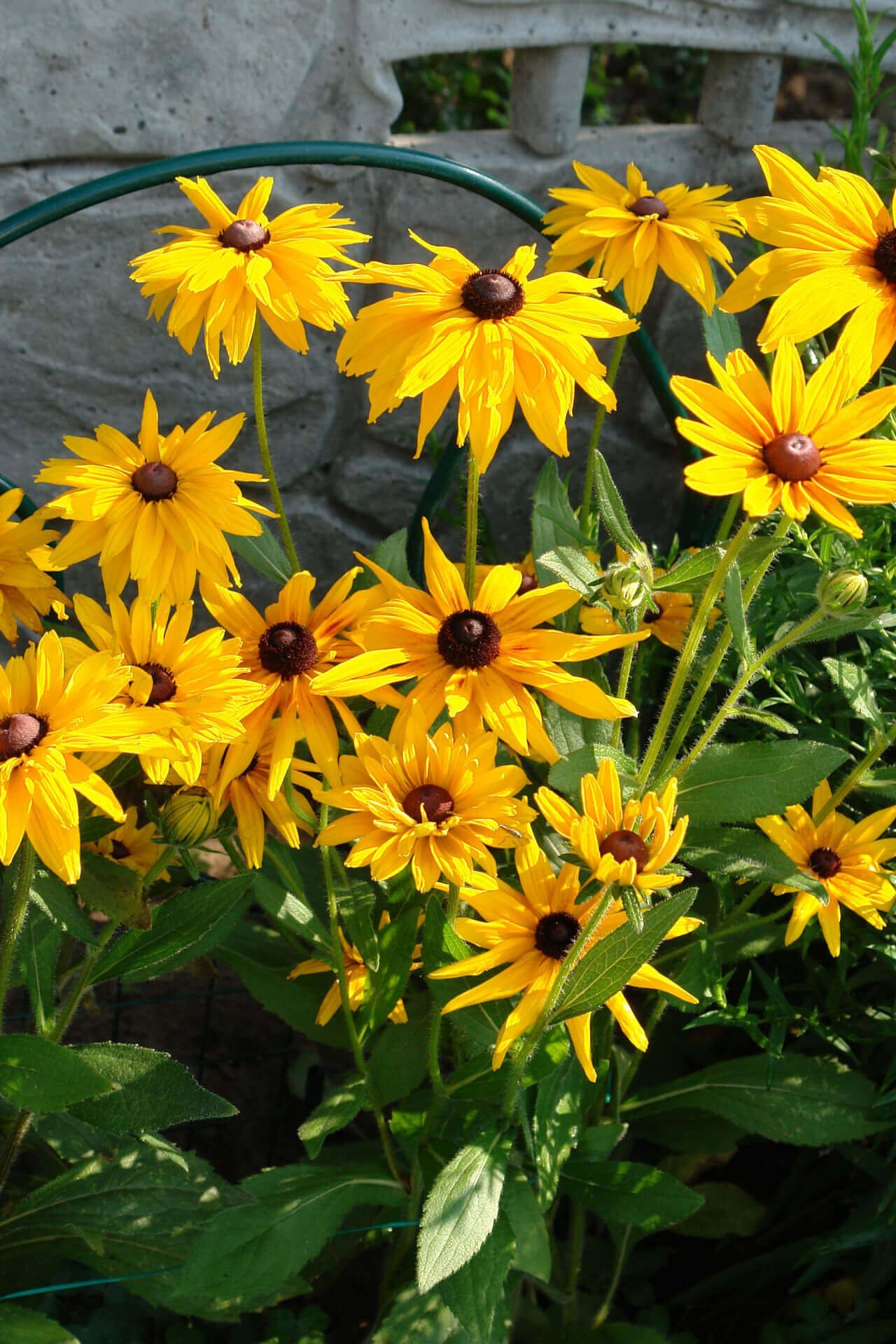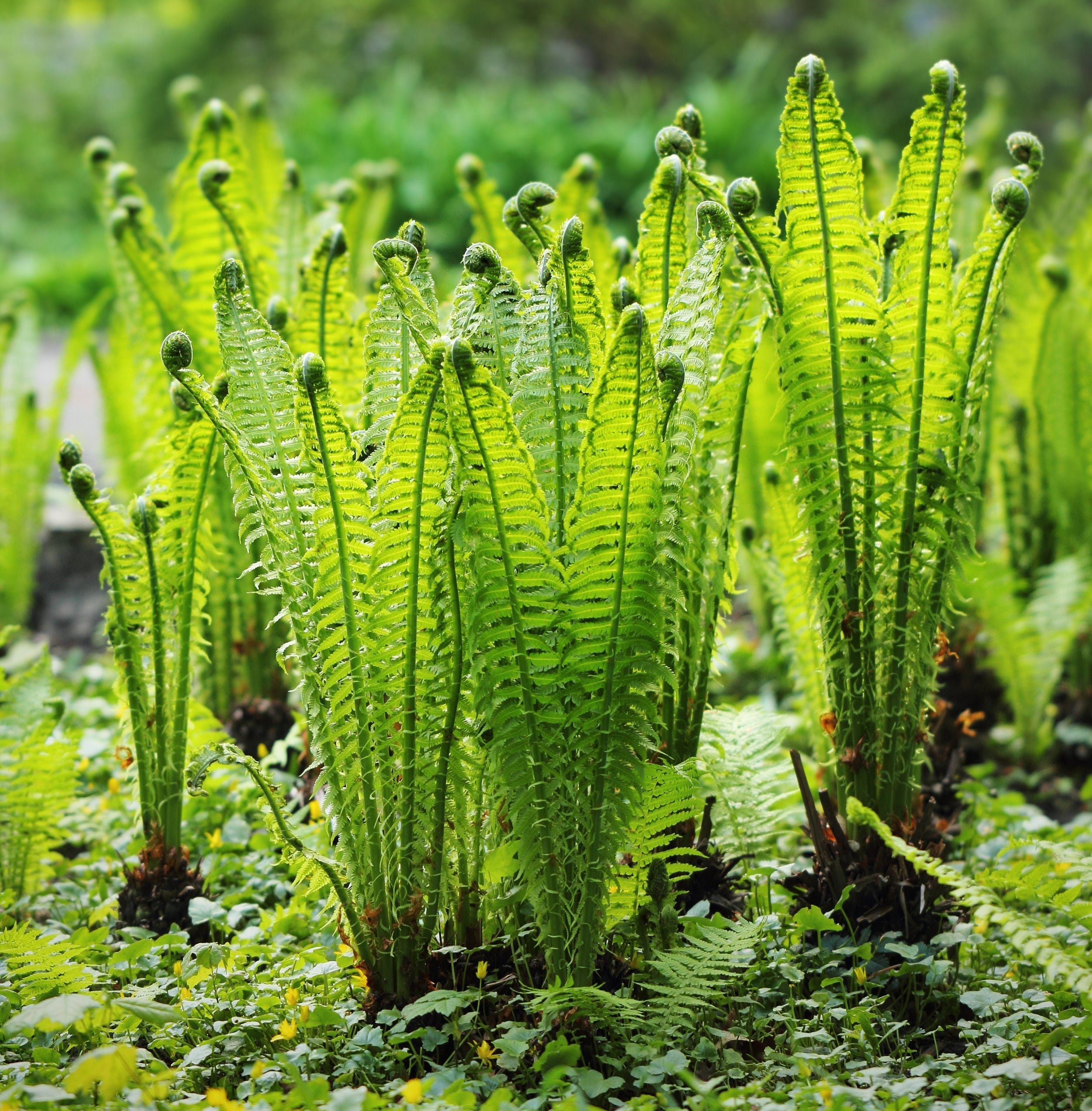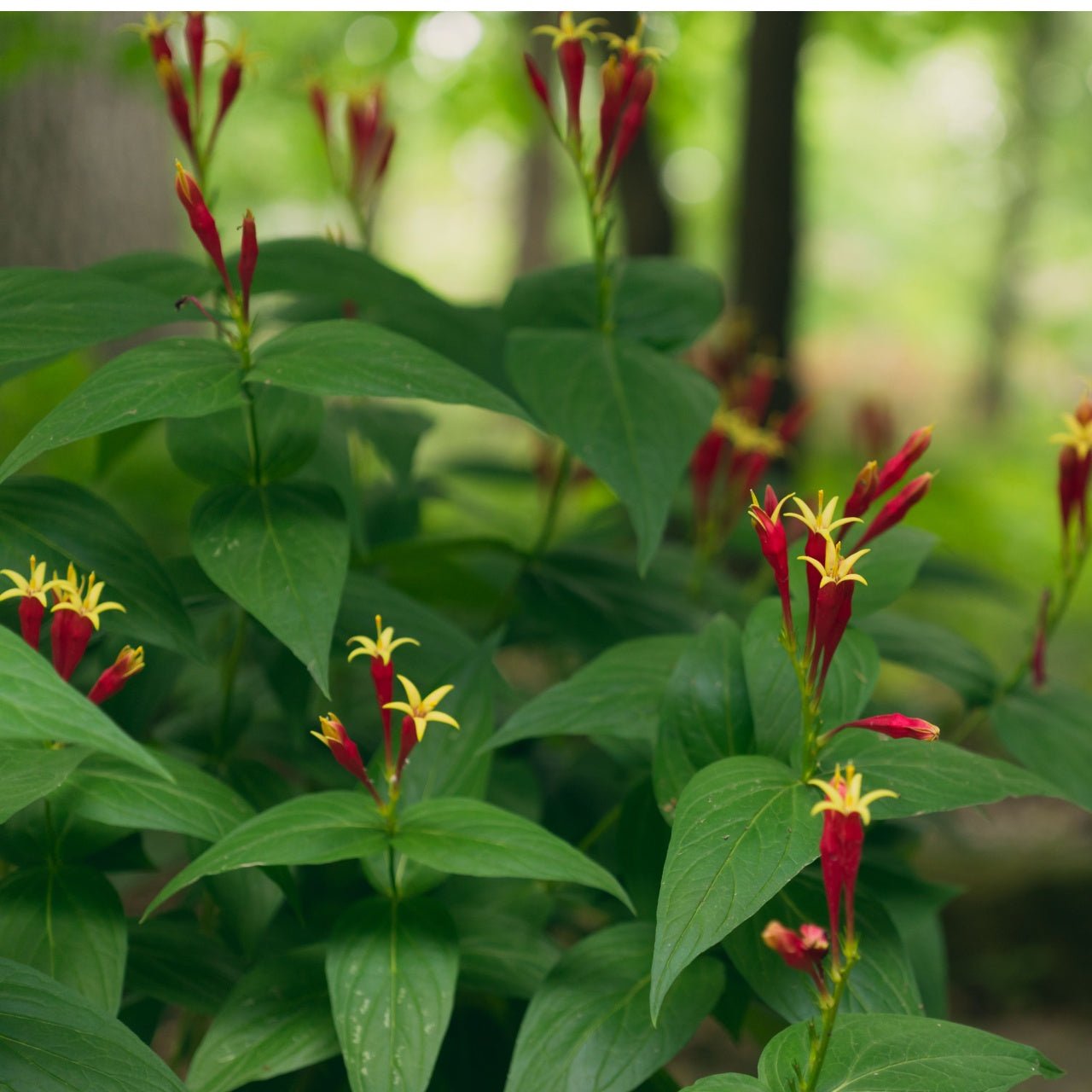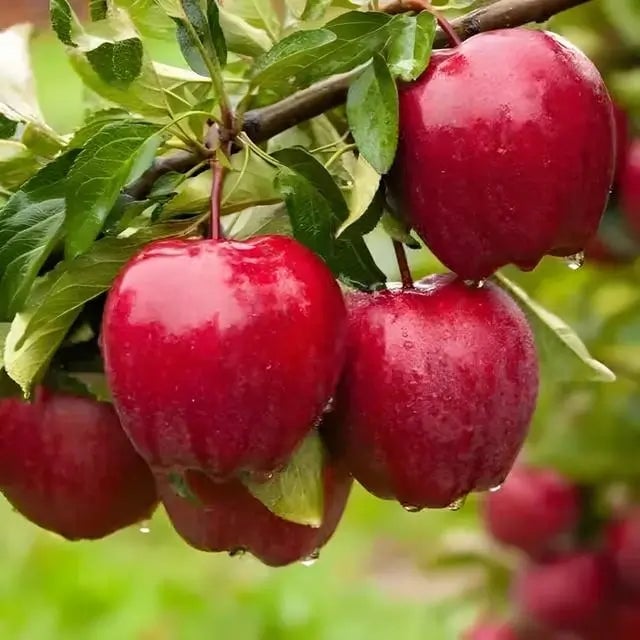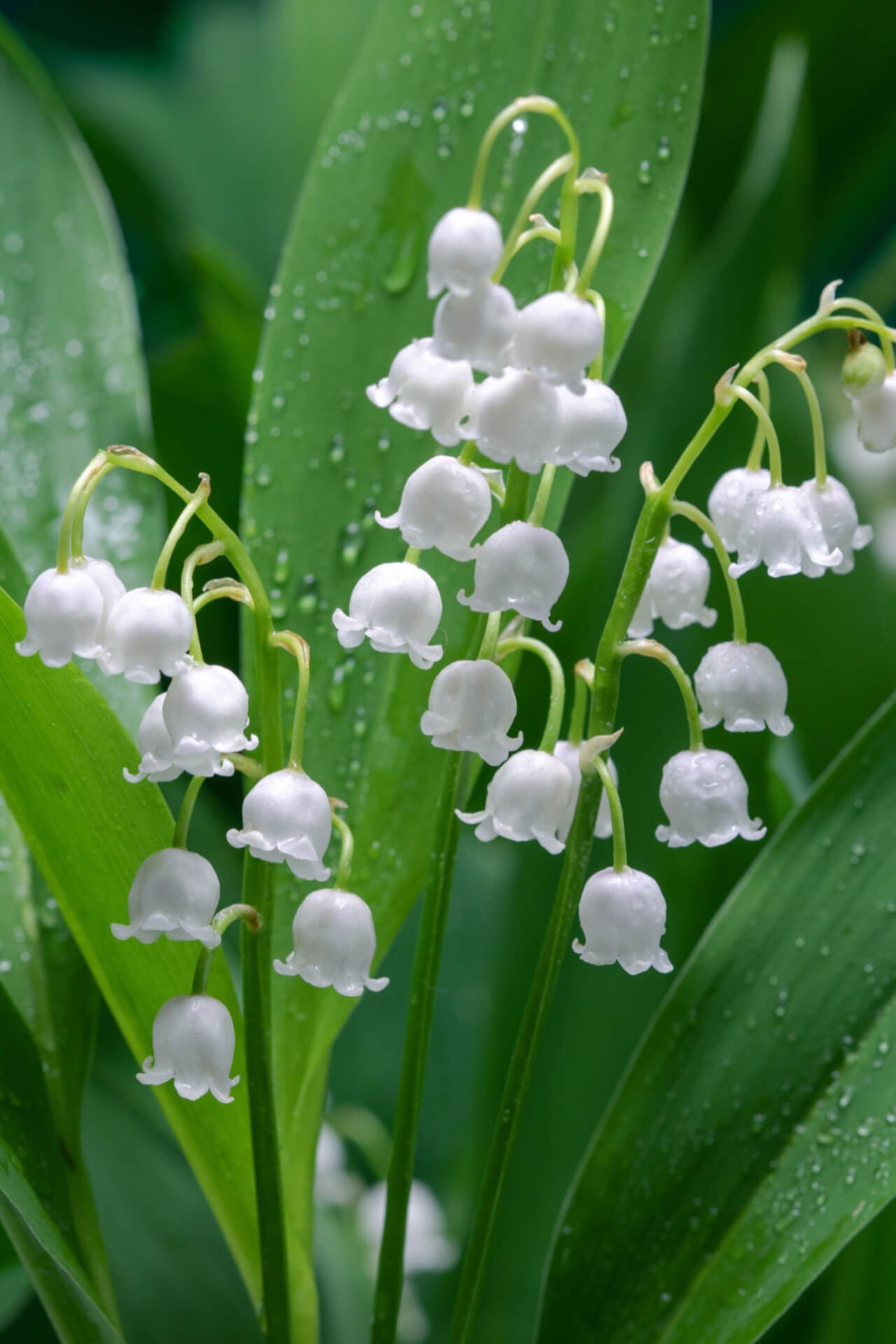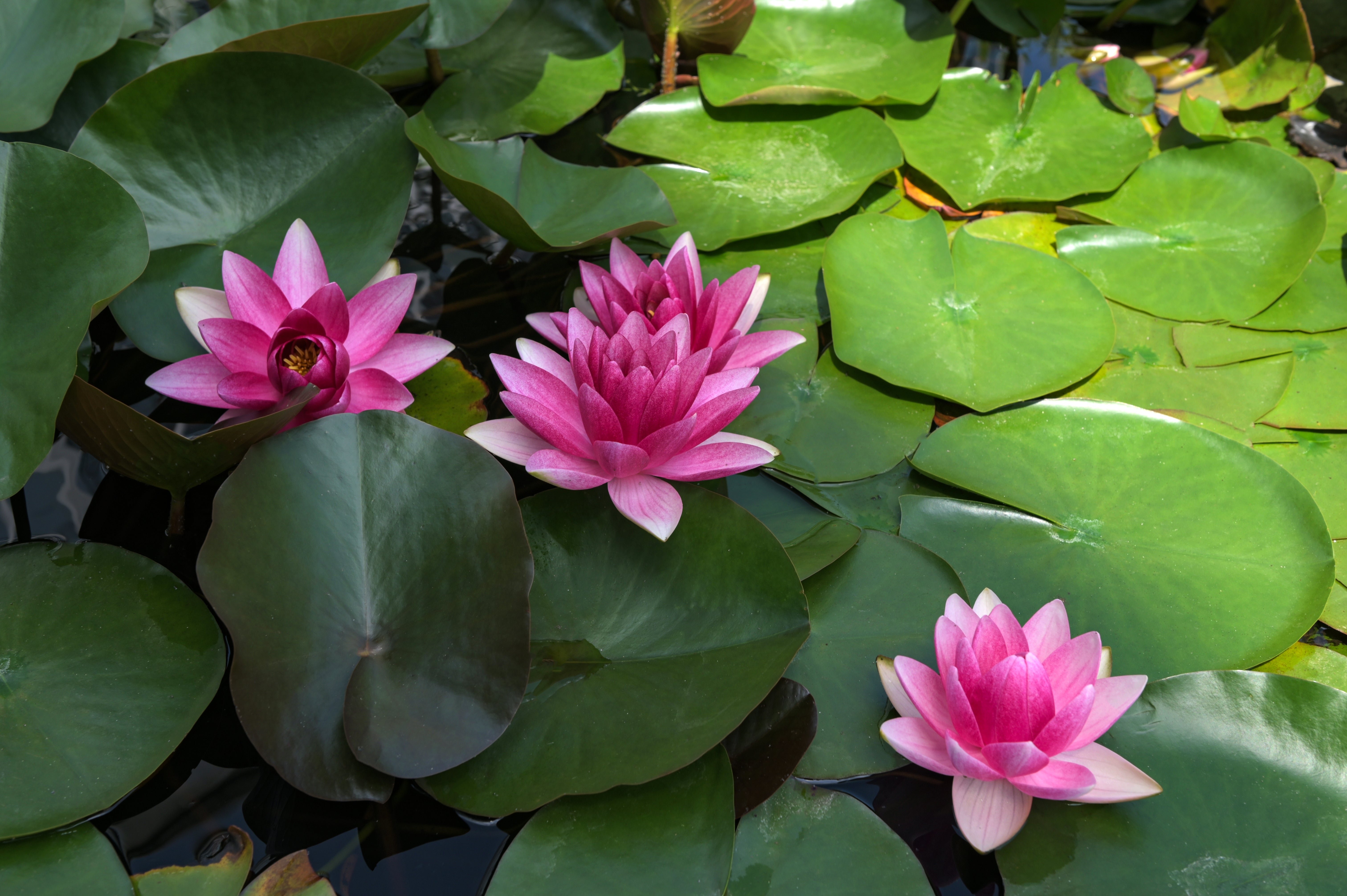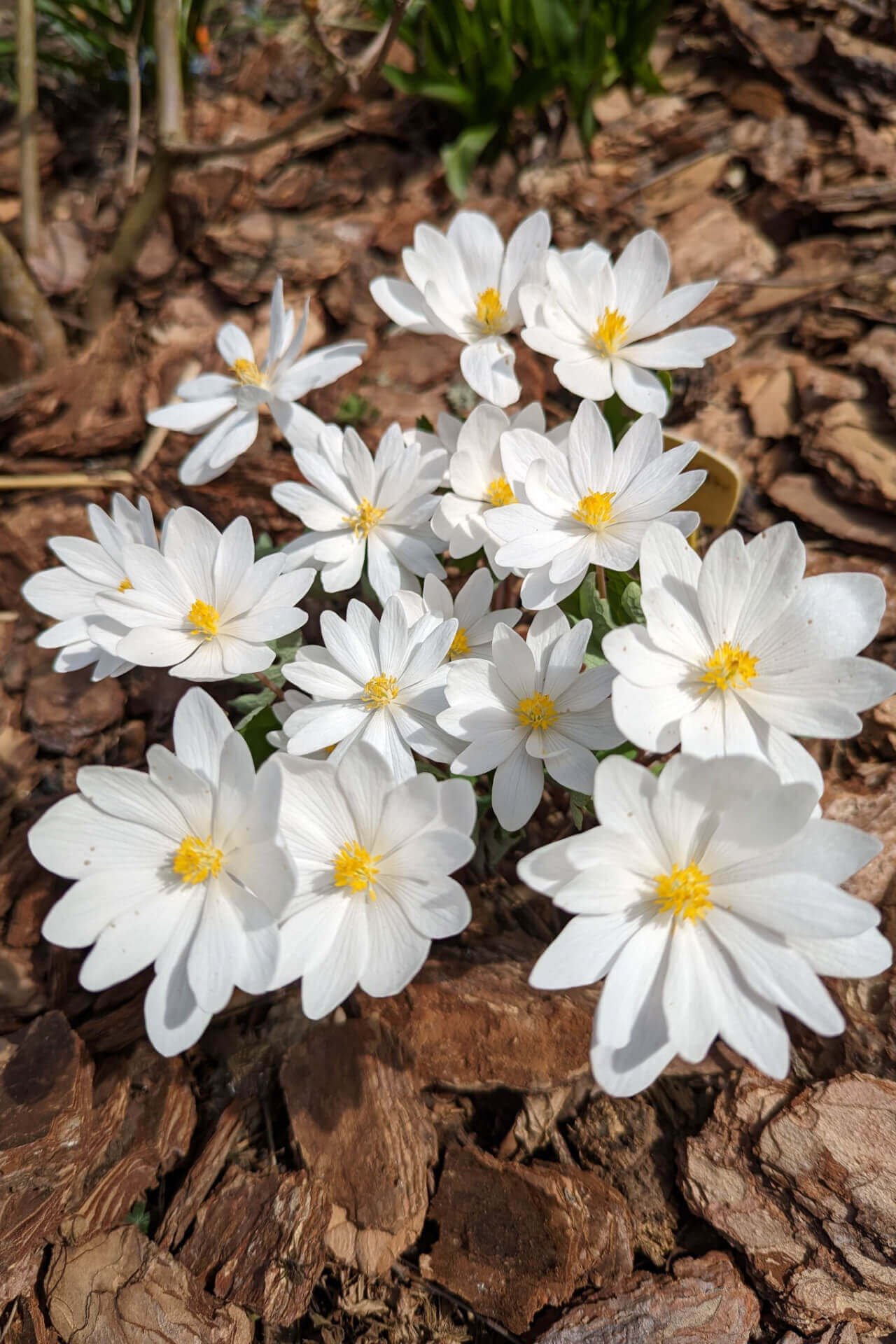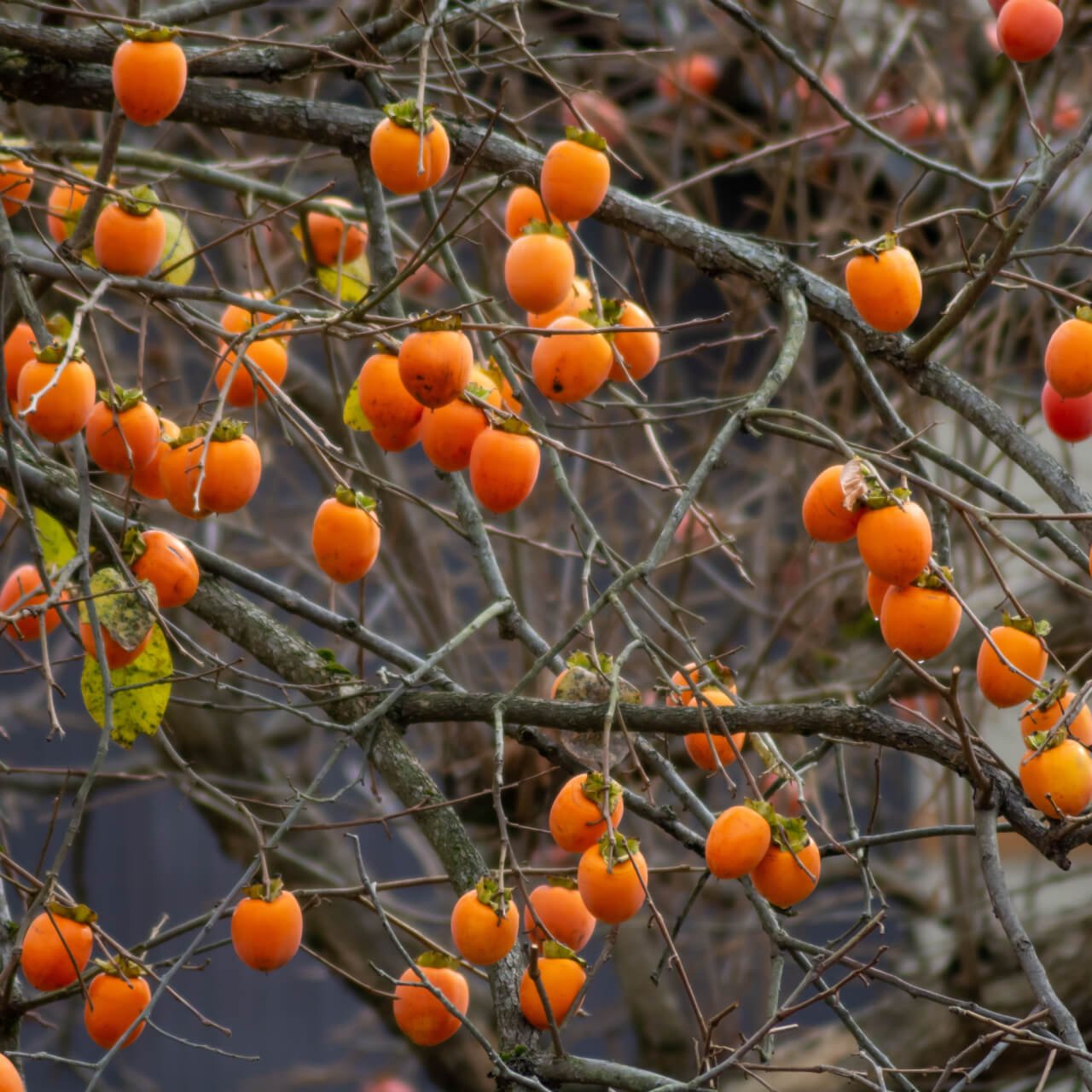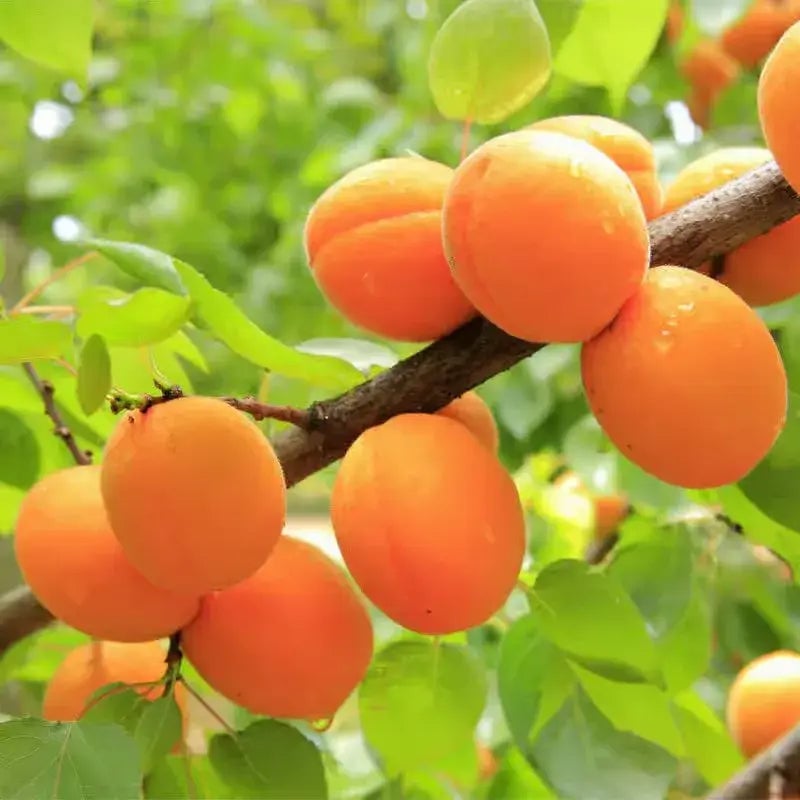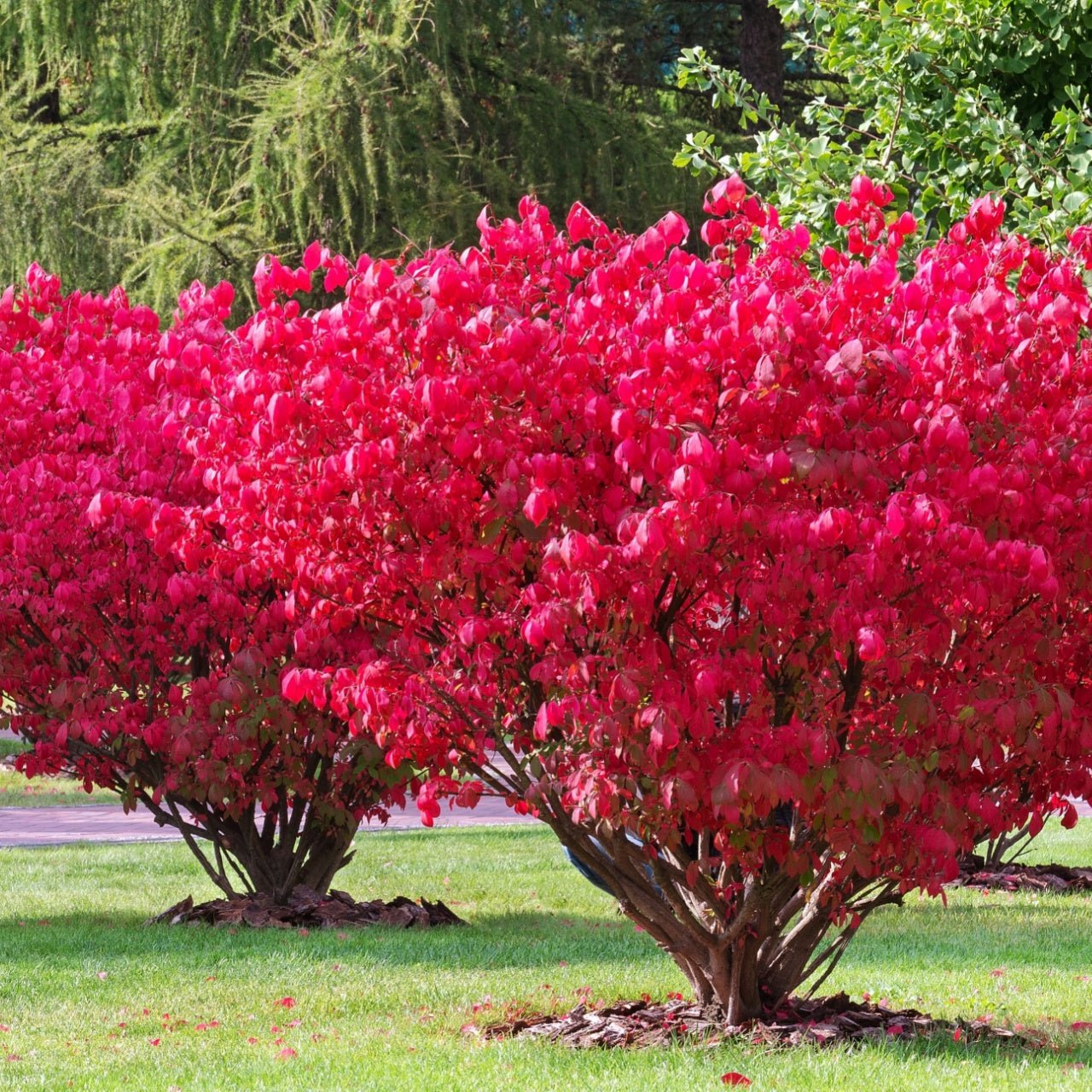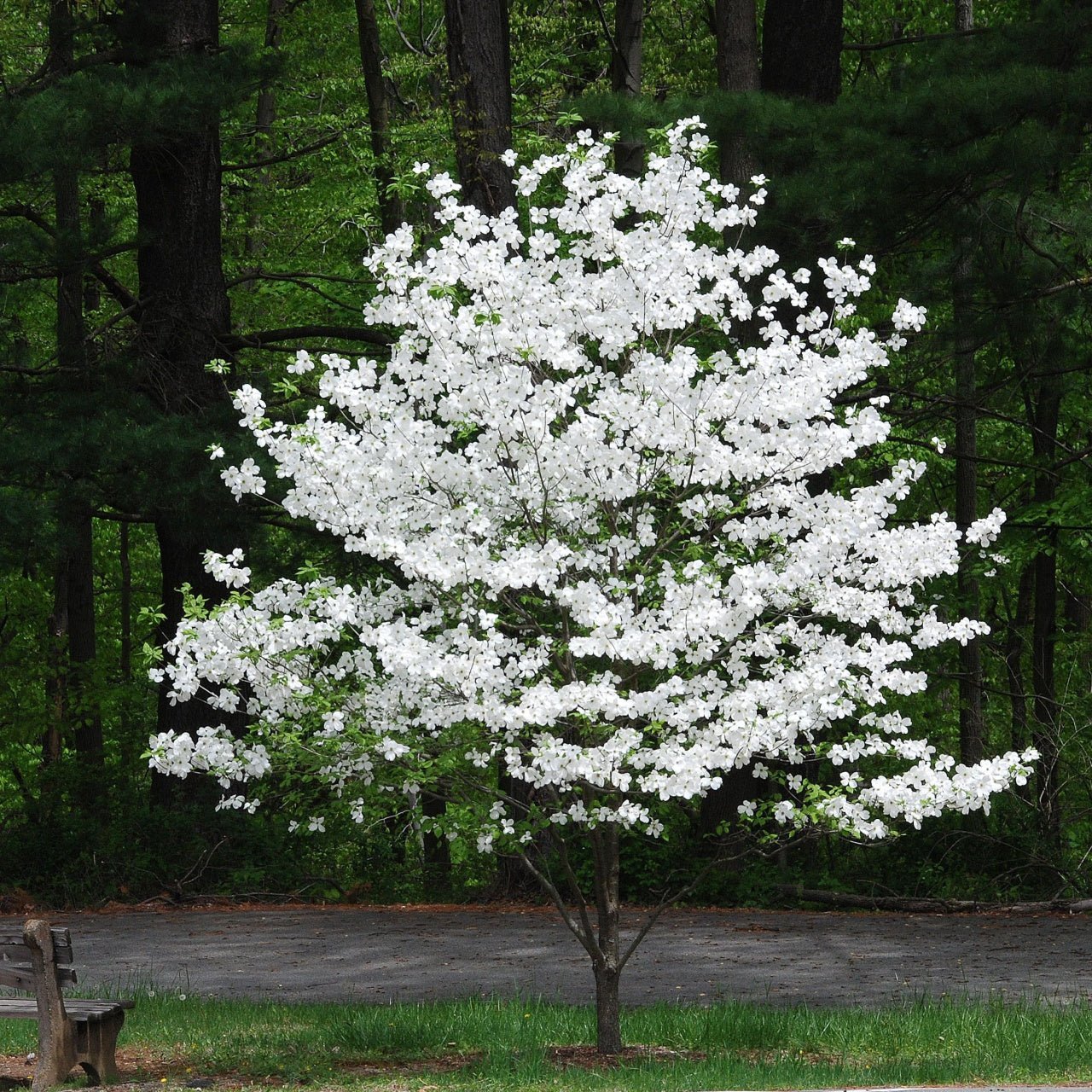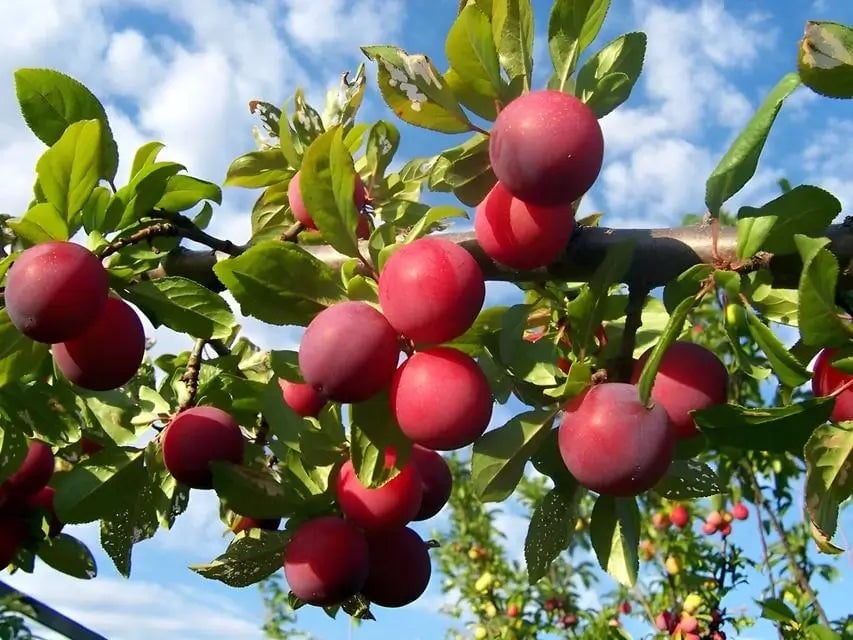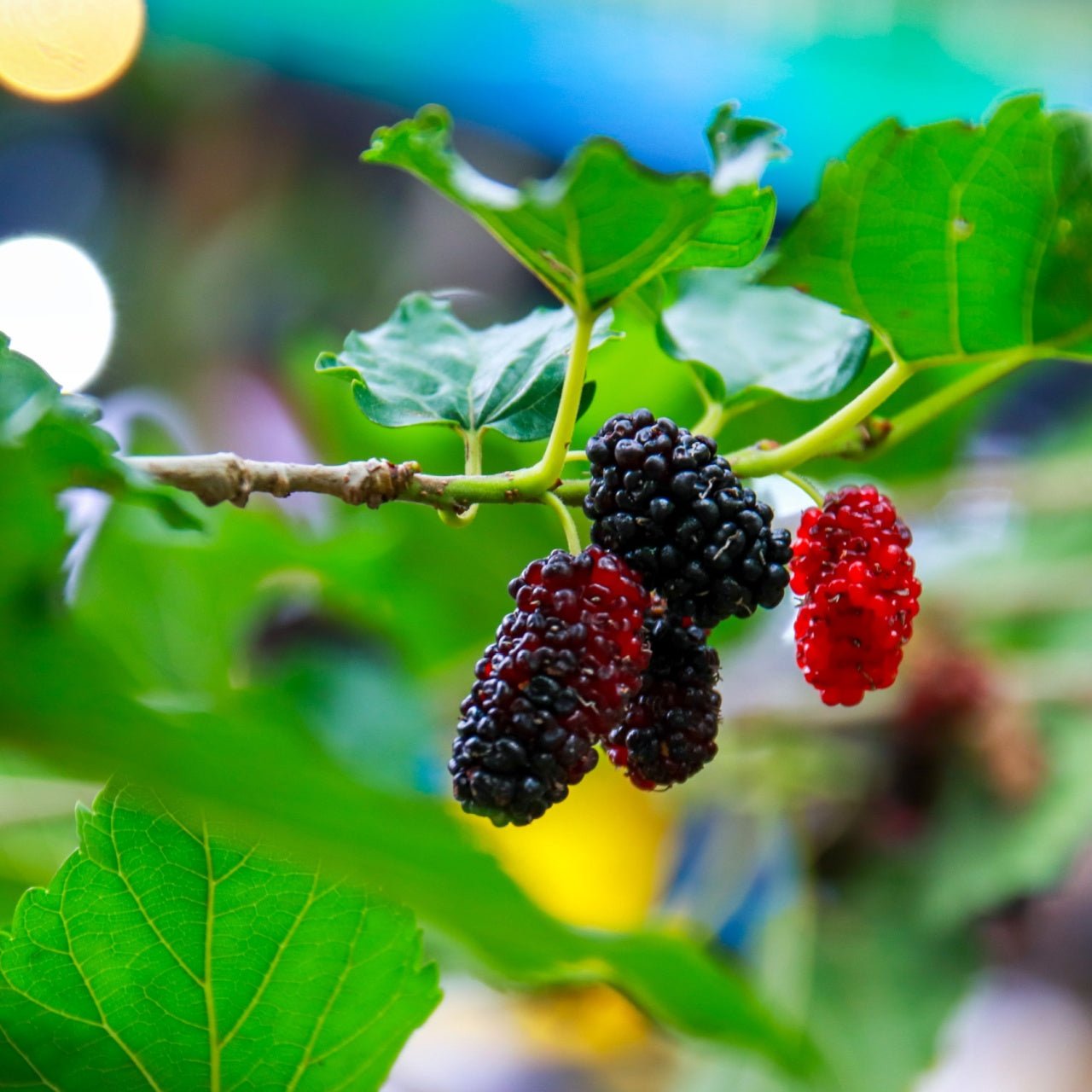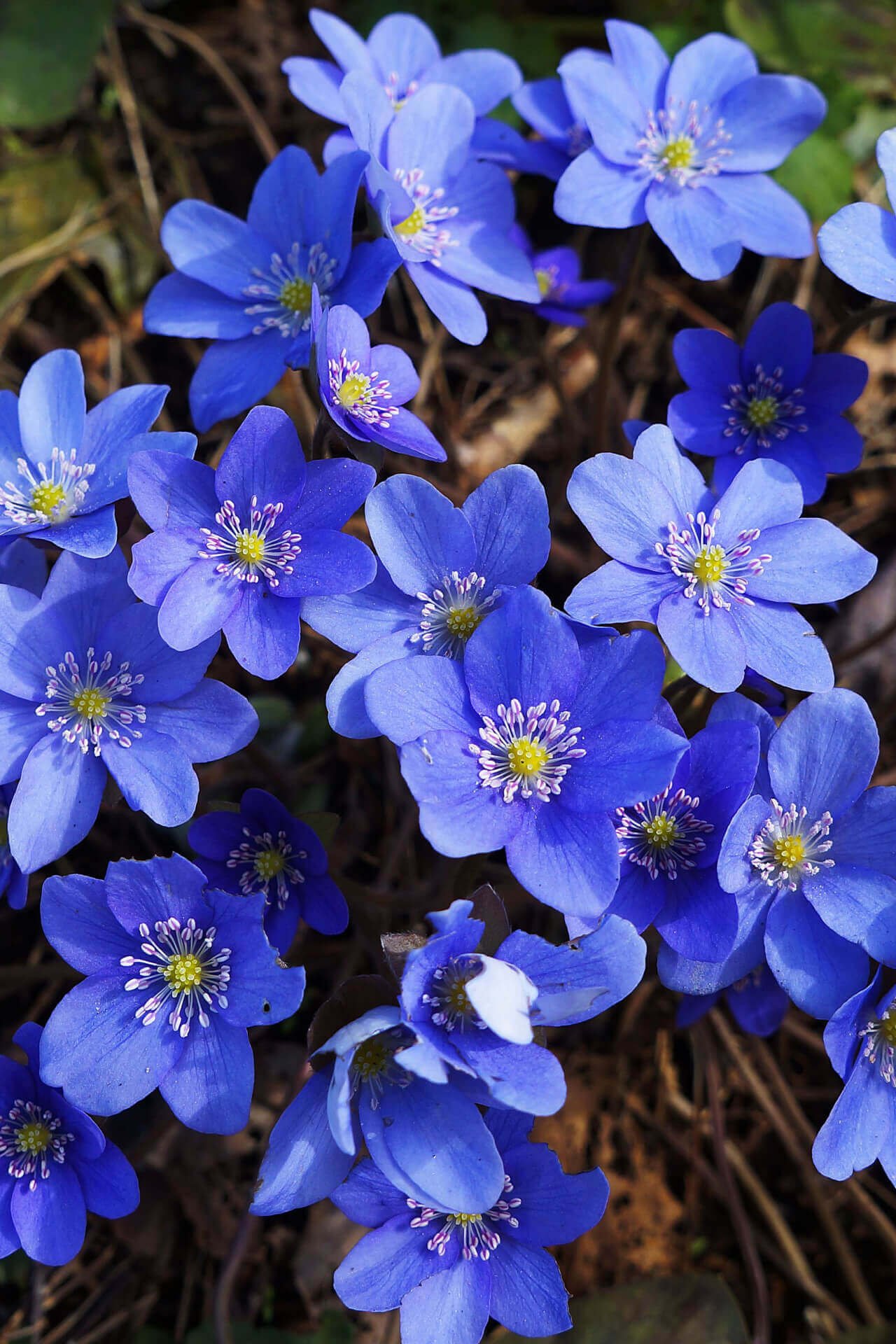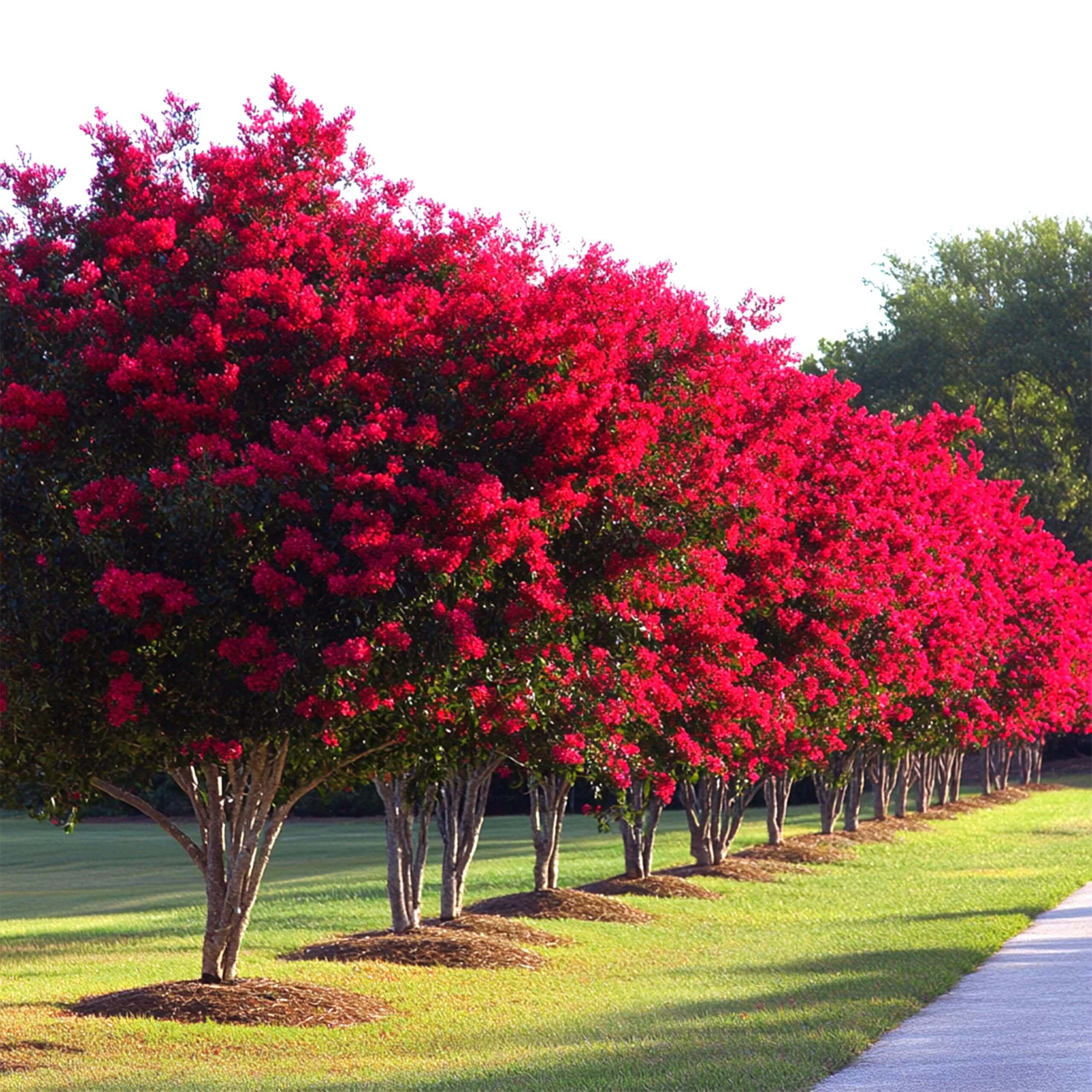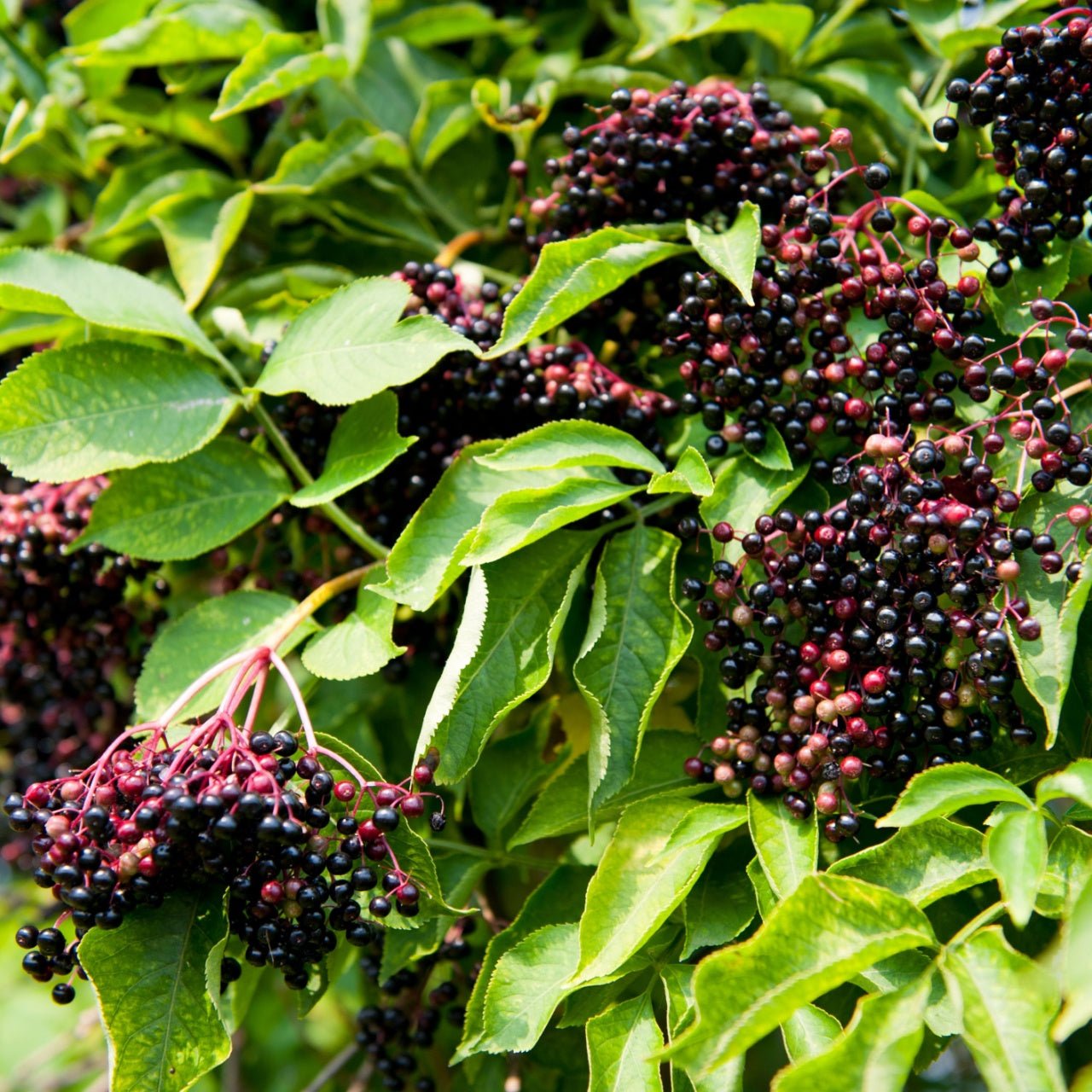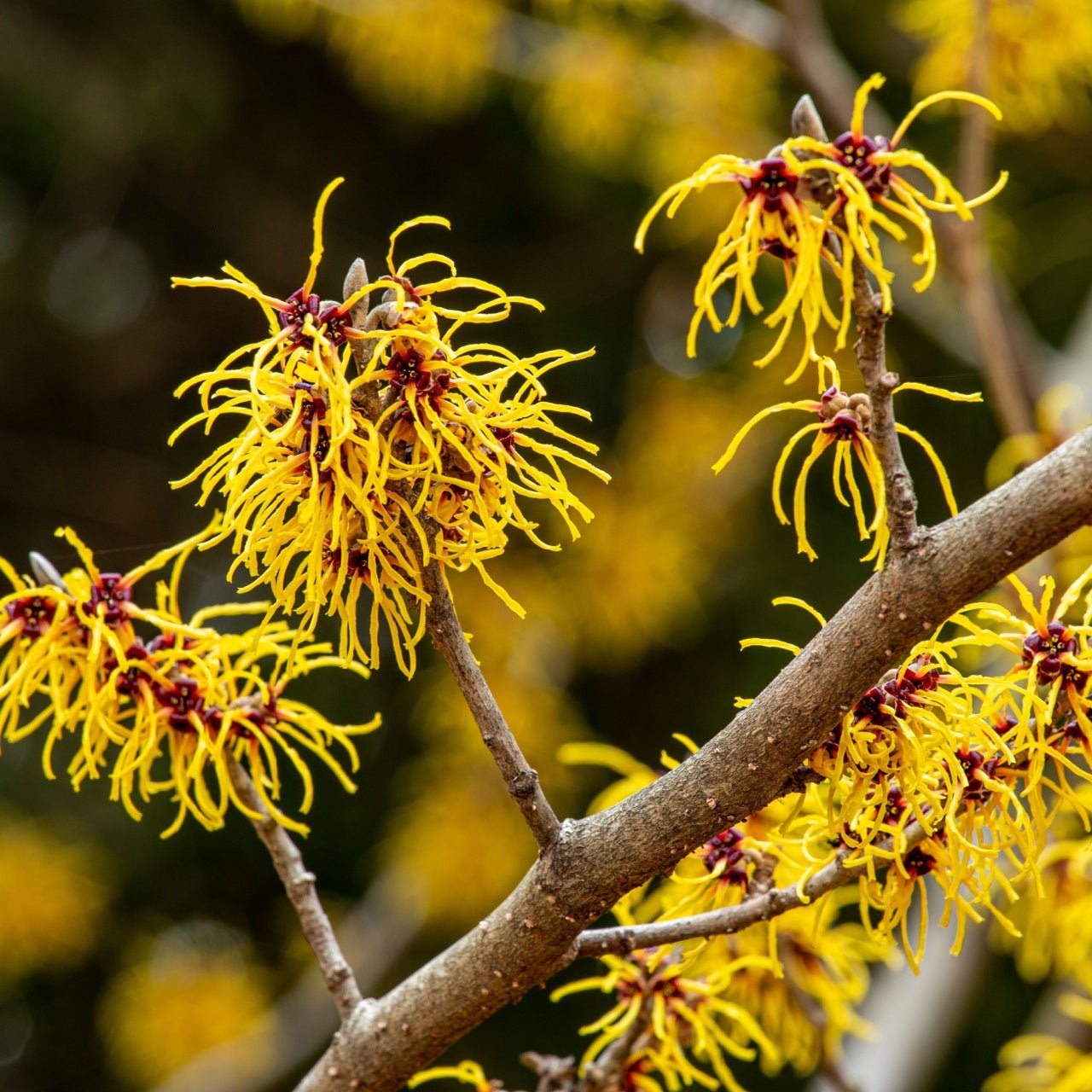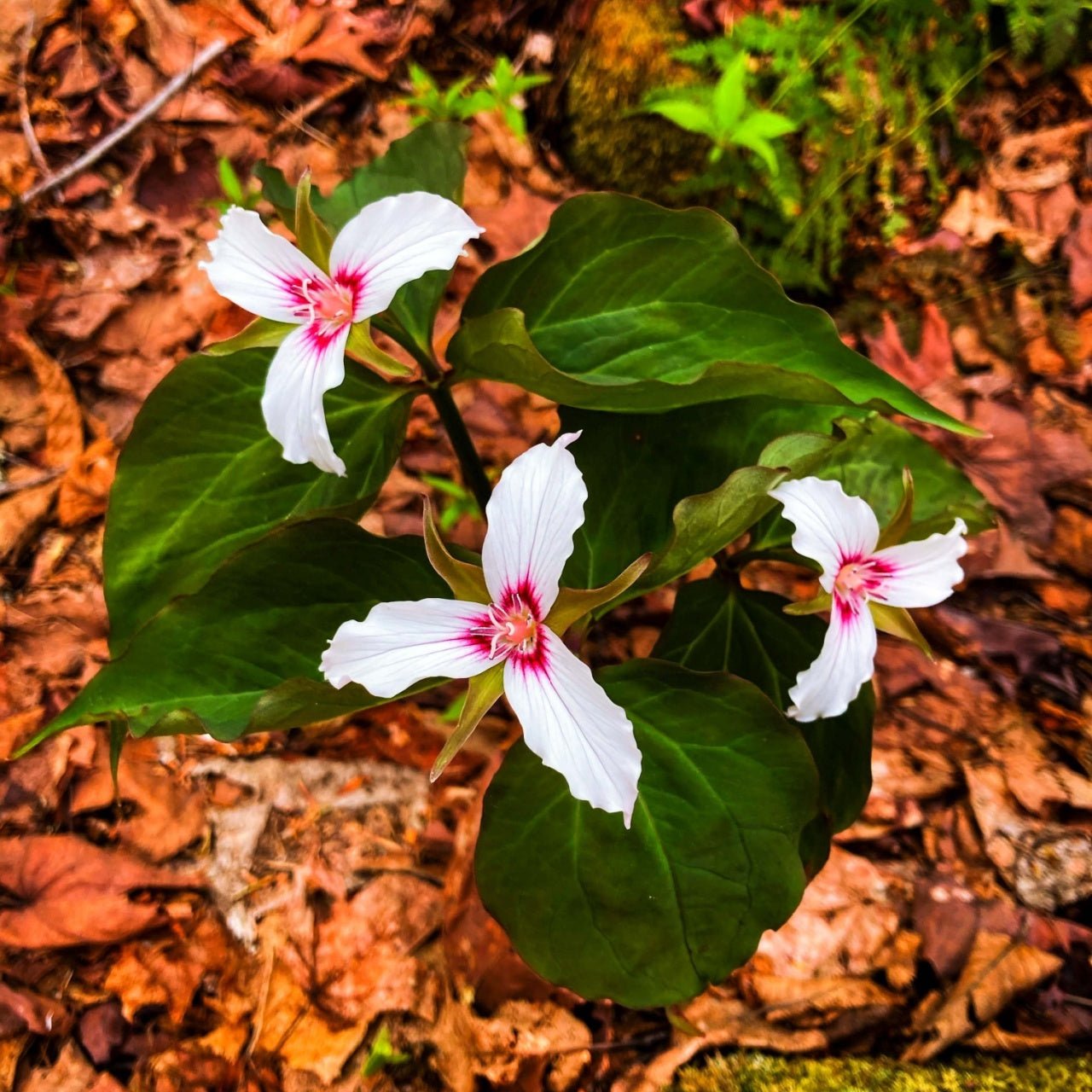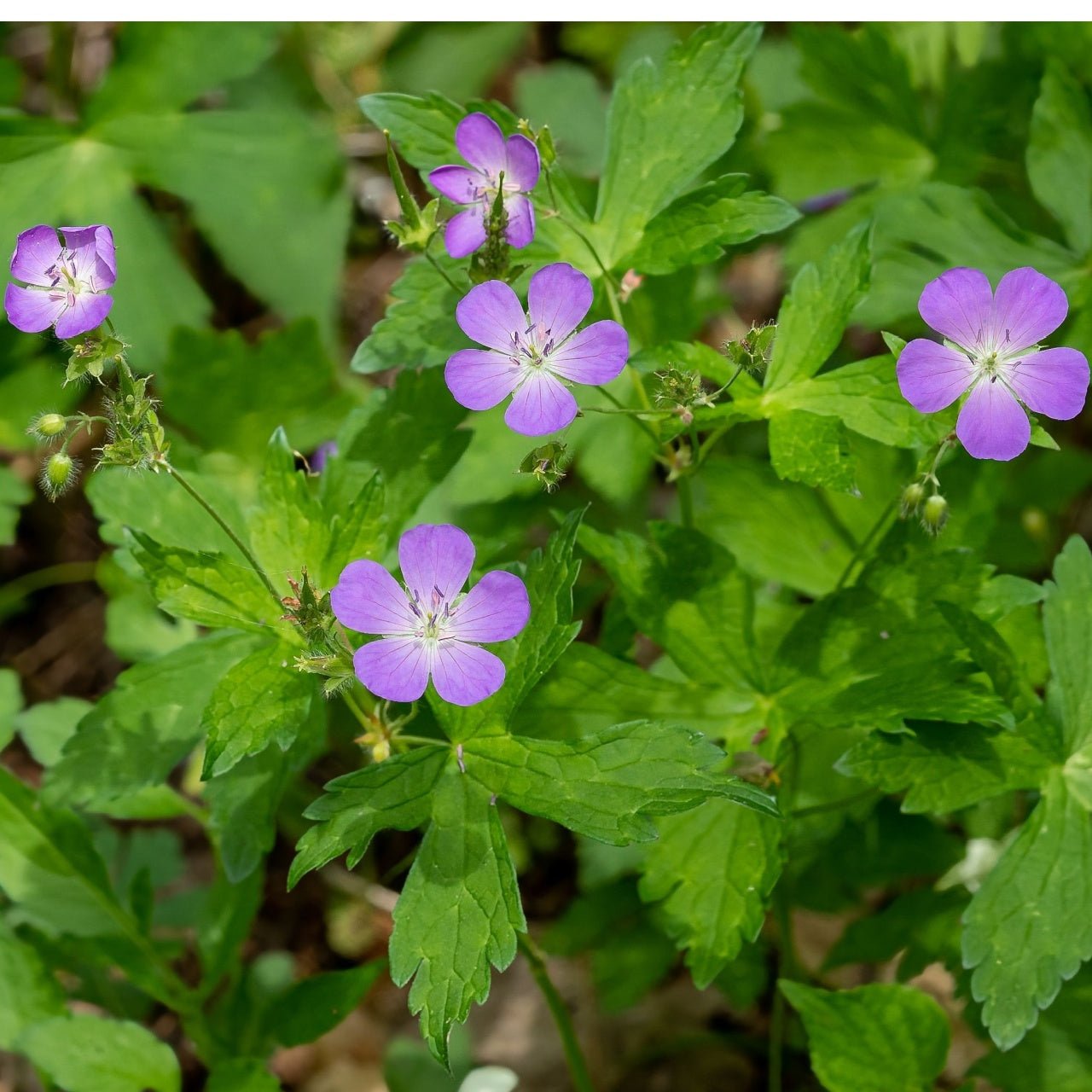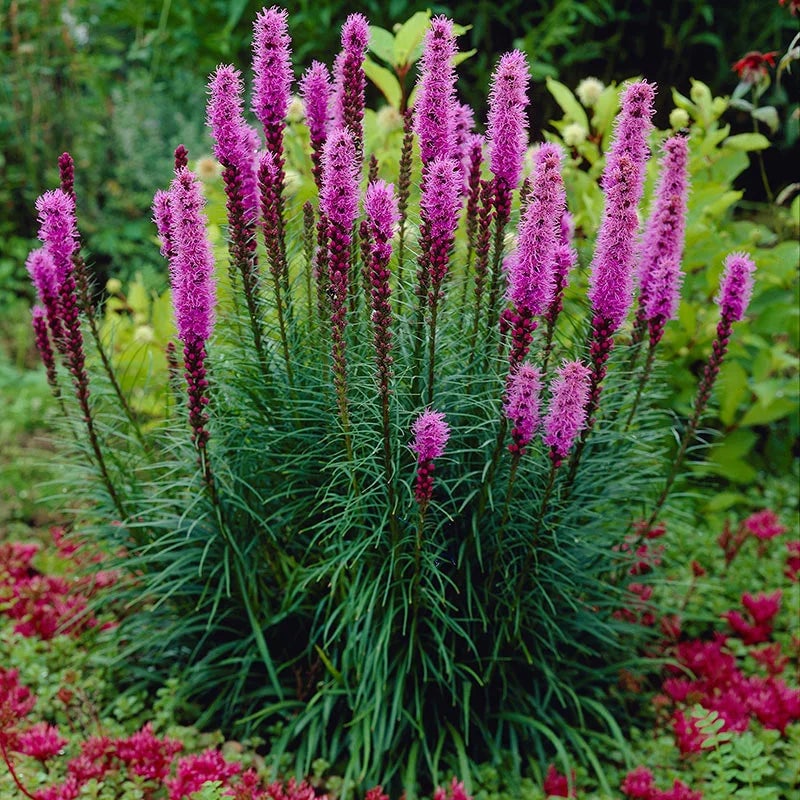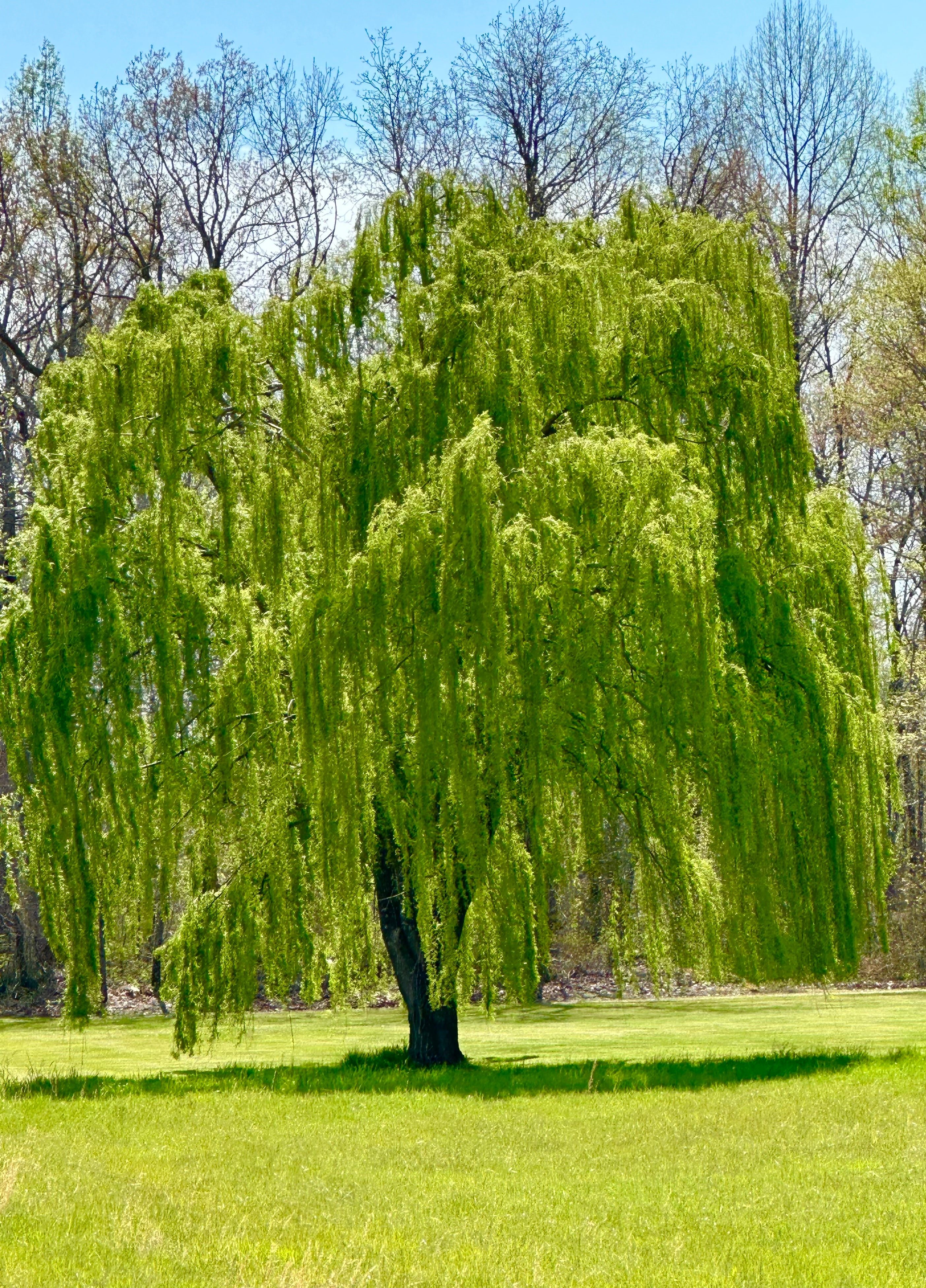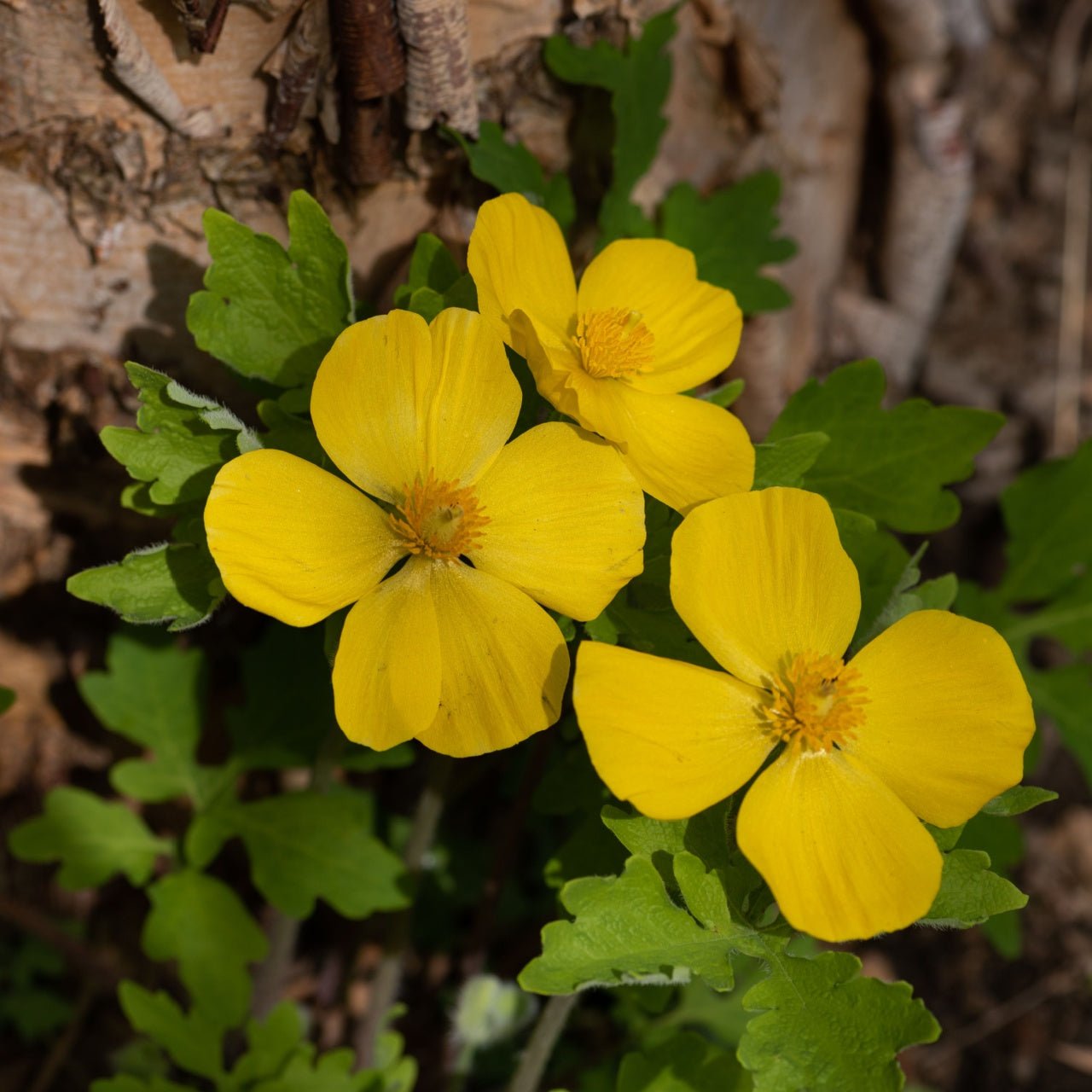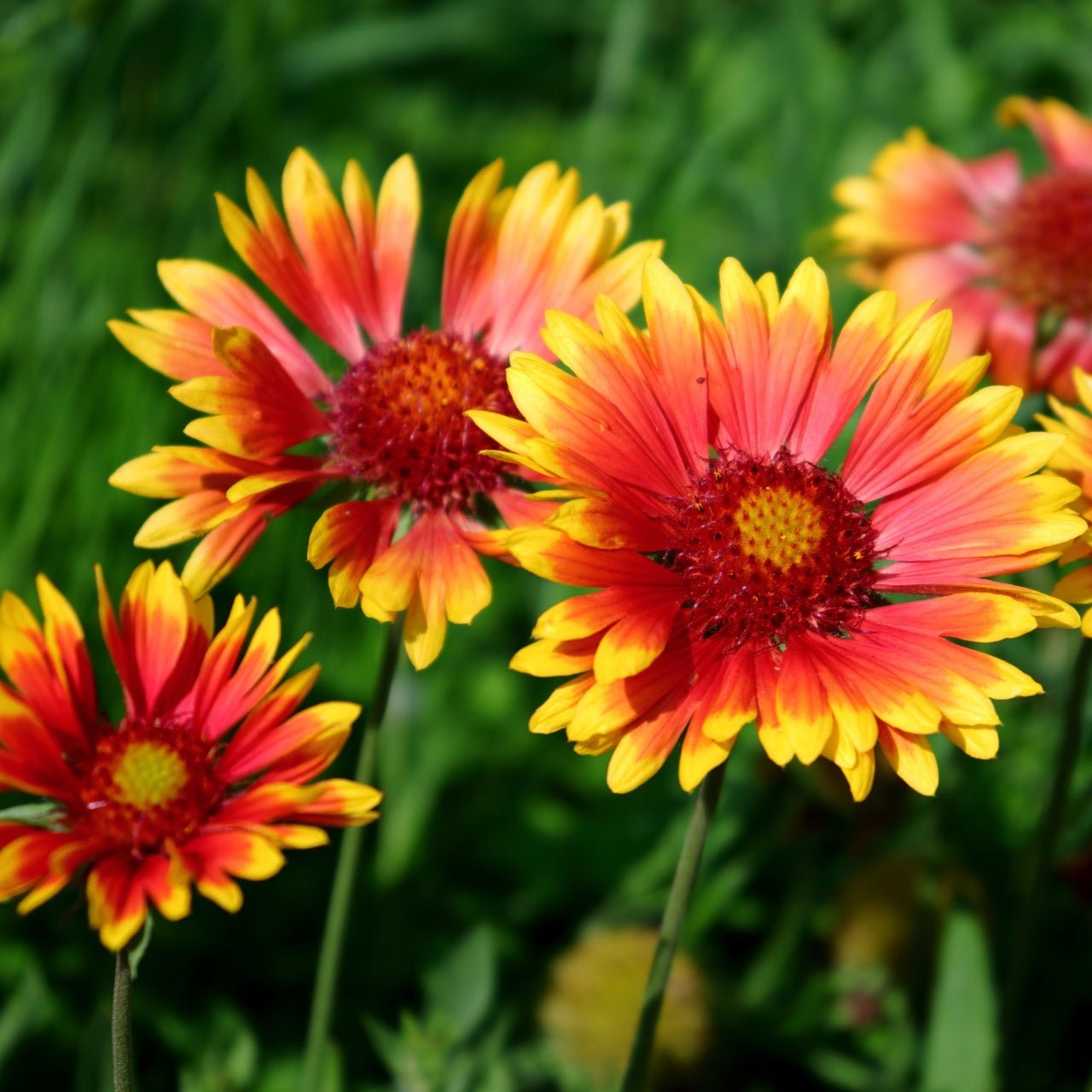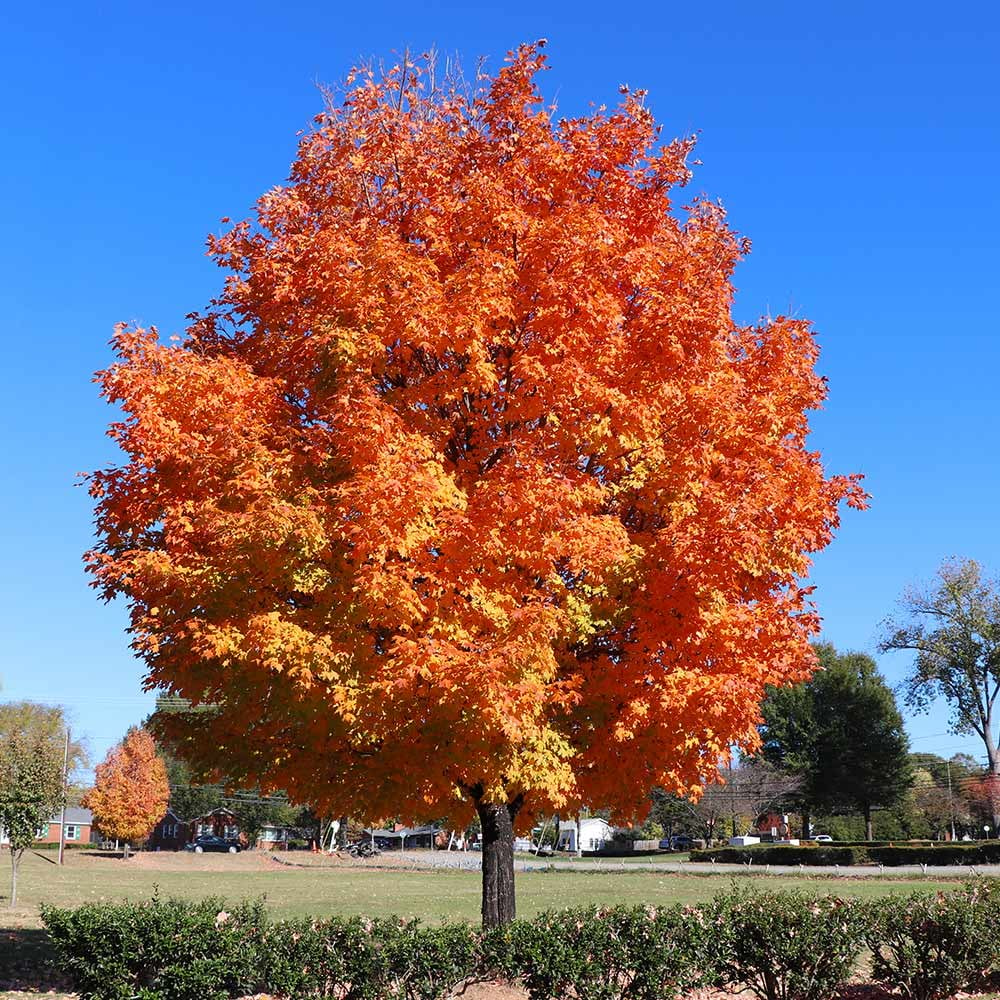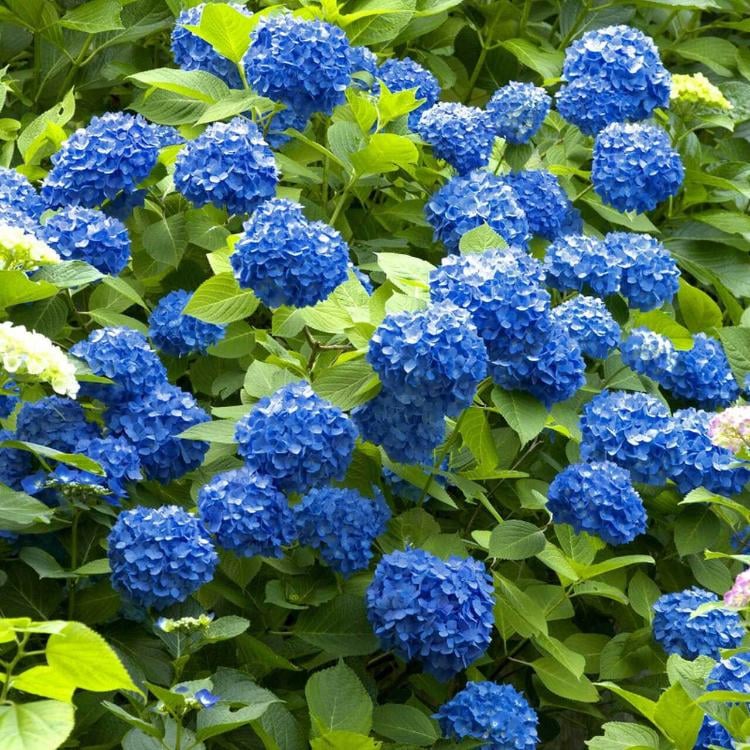Filters
Cool Season Planting Favorites
Discover Your Top Cool-Season Planting Picks for an Outstanding Garden. Gardeners use cool-season planting as a covert strategy to lengthen the growing period and maintain lively plants and flowers during colder weather.
Cool-weather conditions are perfect for these plants, making them perfect for planting in early spring or fall. Our selection at TN Nursery features durable plants that will thrive in your winter garden. Our selections will delight whether you want to brighten flower beds with color or create texture with foliage while building a tough landscape.
Creeping Buttercup
(Ranunculus repens) excels in cool-season planting because of its vivid yellow blossoms and ability to thrive in diverse conditions. This ground cover prospers in areas with partial shade and moist and well-drained soil conditions. Its low-growing nature allows it to fill empty areas, forming a dense green cover with bright yellow flowers.
Creeping Buttercup remains unaffected by deer, is simple to manage, and adds splashes of brightness to gardens throughout the cooler seasons.
Virginia Bluebells
Gardeners who want elegant bell-shaped flowers must include Virginia Bluebells (Mertensia virginica) in their collection. These perennials burst forth early in the growing season, displaying light pink buds that unfurl into striking blue flowers. Virginia Bluebells thrive in wooded areas because they need rich, moist soil but add a whimsical touch to any garden space. These plants attract pollinators, which helps create an active and dynamic garden space.
The "Lenten Roses," known as Hellebores, are key performers during cool seasons. Their nodding blooms display various colors, including soft whites, pinks, deep purples, and greens. The evergreen nature of these perennials enables them to serve as an asset throughout all seasons in your garden. Hellebores flourish under shaded conditions and in nutrient-rich soil that drains well, continuing to produce enduring flowers when most other plants have finished blooming.
Red Twig Dogwood
The Red Twig Dogwood (Cornus sericea) offers exceptional winter visual interest. Its bright red stems contrast beautifully with winter snow or subdued autumn scenes. The plant stands out in winter with its display while maintaining attractive white blooms and foliage during spring and summer. Utilize Red Twig Dogwood as a centerpiece of your garden or establish it to outline eye-catching borders.
Ferns
Ferns are classic cool-season plants that grow well in shaded areas. TN Nursery provides multiple fern types, including the Christmas Fern (Polystichum acrostichoides) and the Giant Ostrich Fern (Matteuccia struthiopteris). These ferns create a garden texture with lush greenery while flourishing in moist soil with abundant nutrients. Woodland settings and gardens with other shade-tolerant species benefit from these plants.
Ajuga Bugleweed
Ajuga is an excellent ground cover option for cool-season gardens. It displays shiny leaves with green and burgundy hues that transition to bronze and remain vibrant throughout winter. In spring, Ajuga produces spikes of blue or purple flowers that stand out dramatically against its foliage. The plant thrives in multiple settings, including borders and rock gardens, while functioning as an effective erosion control solution.
Black Willow
The Black Willow (Salix nigra) serves as an excellent choice for gardeners who require a tree that flourishes in cool climates. This tree stands out because it grows quickly and helps stabilize soil while remaining aesthetically pleasing. This tree transforms any landscape with its graceful branches and delicate leaves, while its ability to grow in wet soils makes it perfect for planting near water sources.
Wild Ginger
Wild Ginger (Asarum canadense) is an underappreciated treasure for cool-season plantings. This ground cover plant is characterized by heart-shaped leaves and diminutive flowers hidden below the foliage. Its preference for moist, shaded soil makes Wild Ginger a perfect plant for woodland gardens or planting beneath tree canopies. Wild Ginger displays ornamental appeal, and its thick growth pattern works to control weed growth.
Tips for Successful Cool-Season Planting Timing:
Early spring and fall seasons are ideal planting times because the mild temperatures that aren't freezing create perfect conditions. Soil Preparation: Well-drained soil with abundant nutrients is needed by cool-season plant species
Mixing compost or organic material enhances soil quality. Watering: These hardy plants require regular watering to establish roots during periods of minimal rainfall. Mulching involves spreading mulch around plants to keep the soil moist and maintain stable temperatures.
Why Choose TN Nursery?
TN Nursery takes pride in delivering a range of top-tier plants that thrive in different climates and conditions. Our cool-season favorites provide experienced gardeners and newcomers with the foundation for successful gardening results.
By choosing your plants wisely, you can maintain a flourishing garden throughout the colder months. Plant these hardy yet stunning plants to transform your garden during the cooler months. Come to TN Nursery now to discover more choices and begin your cool-season garden planning!


